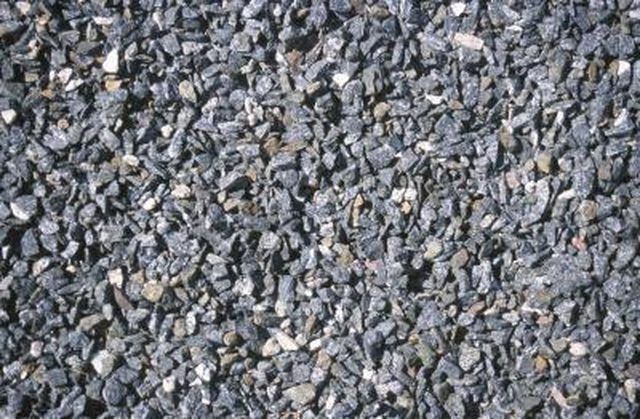Bulbs
Flower Basics
Flower Beds & Specialty Gardens
Flower Garden
Garden Furniture
Garden Gnomes
Garden Seeds
Garden Sheds
Garden Statues
Garden Tools & Supplies
Gardening Basics
Green & Organic
Groundcovers & Vines
Growing Annuals
Growing Basil
Growing Beans
Growing Berries
Growing Blueberries
Growing Cactus
Growing Corn
Growing Cotton
Growing Edibles
Growing Flowers
Growing Garlic
Growing Grapes
Growing Grass
Growing Herbs
Growing Jasmine
Growing Mint
Growing Mushrooms
Orchids
Growing Peanuts
Growing Perennials
Growing Plants
Growing Rosemary
Growing Roses
Growing Strawberries
Growing Sunflowers
Growing Thyme
Growing Tomatoes
Growing Tulips
Growing Vegetables
Herb Basics
Herb Garden
Indoor Growing
Landscaping Basics
Landscaping Patios
Landscaping Plants
Landscaping Shrubs
Landscaping Trees
Landscaping Walks & Pathways
Lawn Basics
Lawn Maintenance
Lawn Mowers
Lawn Ornaments
Lawn Planting
Lawn Tools
Outdoor Growing
Overall Landscape Planning
Pests, Weeds & Problems
Plant Basics
Rock Garden
Rose Garden
Shrubs
Soil
Specialty Gardens
Trees
Vegetable Garden
Yard Maintenance
How to Make a Stone or Shell Driveway
How to Make a Stone or Shell Driveway. A driveway has to support literally tons of weight from vehicles and everyday use, so it's no wonder that many installers turn to traditionally tough materials like concrete and asphalt to support these areas. However, for a more decorative look, crushed shell and stone can also support the needs of a...

A driveway has to support literally tons of weight from vehicles and everyday use, so it's no wonder that many installers turn to traditionally tough materials like concrete and asphalt to support these areas. However, for a more decorative look, crushed shell and stone can also support the needs of a driveway, as long as the material is properly supported and installed.
Things You'll Need
Marking paint
Square spade
Steel rake
Hand hamper
Large crushed stone
Hose
Landscape fabric
Utility knife
Stakes or pins
Hammer
Edging material
Small crushed stone or shell
Mark out the location of your driveway with marking paint. Mark both sides of the driveway from start to finish, including any curves.
Dig out the entire length of the driveway to a depth of 4 inches. Use a square-edged spade to make sure the walls of the trench are completely straight and flat.
Run a steel rake over the bottom of the trench to flatten the area, and remove any large rocks and other debris such as sticks or twigs.
Flatten the trench with a hand tamper to create a fully level and compact support surface for your driveway.
Line the bottom 2 ? inches of the trench with crushed stone, generally of a relatively large size such as 3/8 inch or larger. Use the steel rake to spread an even layer of the material over the entire trench.
Wet down the crushed stone with a garden hose to limit dust that can spread from the surface. Then tamp the stone down with the hand tamper to compact the surface for a stable, flat installation.
Cover the crushed stone with a layer of landscape fabric. If necessary, cut the fabric to fit, or to turn around curves, with a sharp utility knife. The fabric will facilitate drainage and prevent the soil from shifting the stone or shell material above.
Drive the edges of the landscape fabric into the soil around the trench with stakes or pins to hold it in place. This will ensure it will not bunch up under the stones or shells, creating unwanted bumps and hills.
Line the driveway area with edging material. Hardware and home improvement stores sell metal and plastic edging material; you can also use treated wood for a more rustic look. Hold the edging material in place with spikes or pins driven into the solid ground around the driveway.
Fill in the trench with enough shell or stone to fill all but the top ? inch of the trench. Use the steel rake to ensure that the material is even across the surface. Leaving the top ? inch empty allows for the material to shift slightly as needed without overflowing the edging.